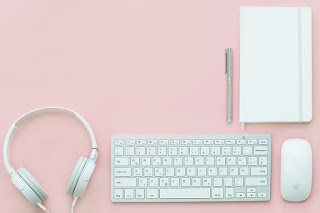 |
Pixabay |
Which means packing.
I'm a procrastinator under many circumstances, but packing probably tops the list. As someone with an I need to see it personal style, my packing plan can be loosely described as, "it gets worse before it gets better."
For the past few nights, I've been mentally planning my wardrobe, considering what needed to be laundered, what could be layered (the hotel was COLD last year) and what went with what. So, this morning, when I got up, I pulled the contenders out of the closet and laid them out on the bed. One of the shirts needed ironing, so I brought that down to the basement, threw in a load of wash, grabbed some more contenders from the laundry area and went back upstairs.
And sat down to write.
Does writing count as procrastination? I mean, I couldn't check into the hotel until four, and the first session wasn't until seven, so....
Blog finished, it was time to dig in.
For me, the hardest part of packing is making decisions. This outfit or that one? If everything in my suitcase is black and white, is that a bad thing? How can I narrow my shoe choices down to the smallest possible number?
So, needless to say, more procrastinating ensued -- structured procrastination, in this case, as I simply opted to plan my reading material and electronics items before I made final decisions about my clothing.
 |
| My publisher's booth |
So far, the only thing I've forgotten is my business cards. Annoying (and they never even made the
list), but workable. I do, after all, know my contact information.
Now all that's left is to enjoy the conference.














